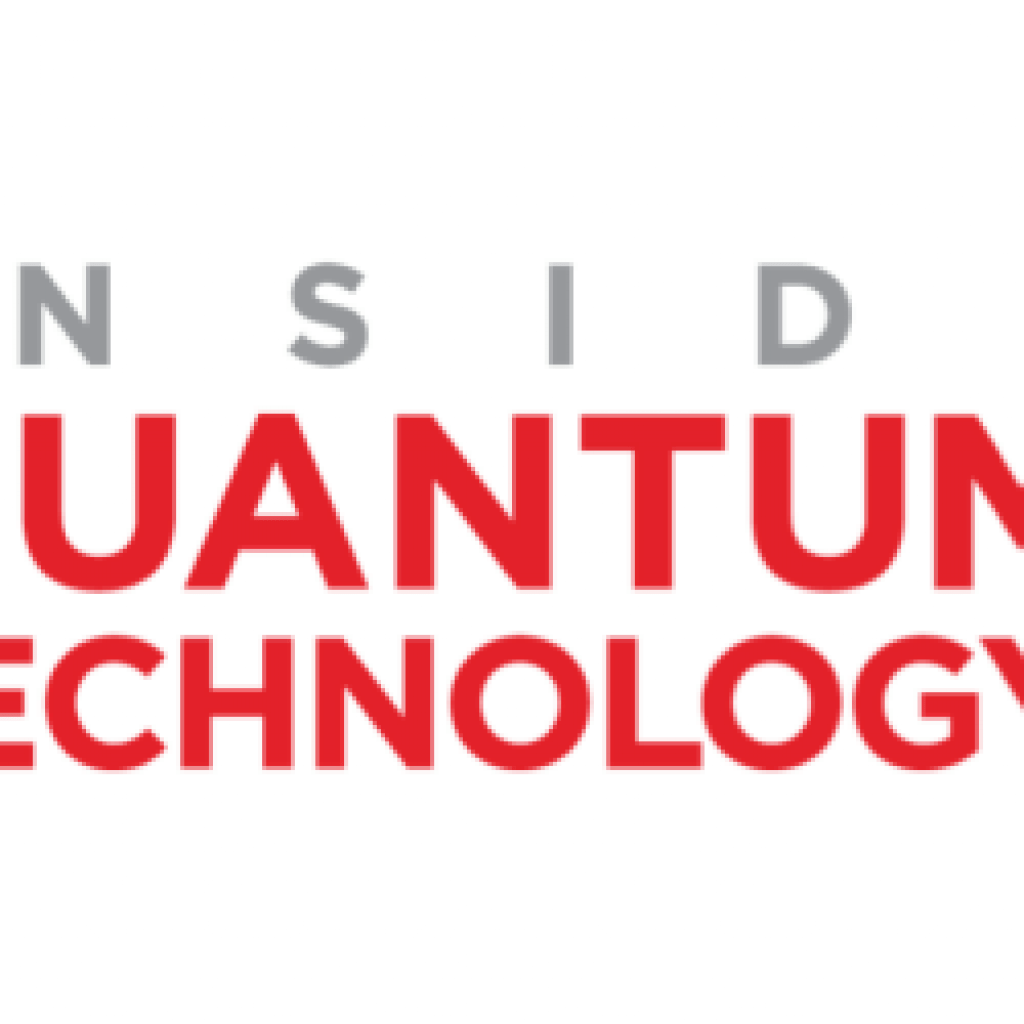(InsideQuantumTechnology) IQT Research prepares an annual report on the business opportunities in post-quantum cryptography (PQC). This report is the latest in the series. Since the previous report, NIST has announced which candidate algorithms have been selected to advance to the third round of the selection process. This report analyzes NIST’s choices and predicts where the all-important NIST standards will be headed next. While it will take a further 12-24 months to formally finalize the standard, there is a general expectation that the announcement will be an inflection point and will serve as a catalyst for more focused activity across the board in terms of PQC software and chip development.
The report also examines where the market perception is of the quantum threat and what to do about it. As IQT Research sees it, the pace is picking up with increased interest in PQC across a broad range of industries. The conversation today is no longer about whether it is necessary to implement PQC, but how to do so, and when. Because of “harvest now-decrypt later” hacking strategies, the quantum threat is increasingly seen as immediate.
At the same time, there is also a growing realization that implementing PQC will be considerably more complex than upgrading from one conventional encryption scheme to the other and also that quantum safe implementations will have to be flexible with regard to the choice of encryption algorithms. As we discuss in the report, such facts impact the business potential for PQC. We also explore the degree to which the wait and see approach is dragging the PQC market down.
While most of the opportunity in the PQC space is software oriented, this report also discusses chip-related opportunities. Most obviously, these chips will be specifically PQC chips, but this report also analyzes the impact of PQC on general-purpose processors to provide extra power and memory to run the latest PQC algorithms. In some cases, IQT research believes entirely new chips will have to be developed.
Industries considered in this report as likely users of PQC include, among others, the financial services industry, the healthcare sector, the telecommunications industry and manufacturing industries. In addition, the markets for PQC-enabled browsers and PQC services (including consultancy) are also addressed. In addition, the report also discusses how integrated quantum-safe strategies can be built that use both PQC and QKD.
The report also examines the motivation for companies and other organizations to adopt PQC, forecasting revenues from PQC-related activities and assessing the product/market strategies of important companies and other organizations in the PQC space.
The methodology employed to create this report involves both primary and secondary research.
• The field of interviewees encompassed representatives from companies and organizations that constitute the PQC eco-system, including IT vendors. In addition, selected representatives from academia were polled regarding technology development.
• The secondary research consists of reviews of both technical and business articles related to PQC as well as the websites of commercial firms and other key stakeholders in this space. Finally, we have also drawn (where appropriate) on IQT Research’s now extensive library of its own market reports compiled over the past three years.
Following this, Chapter Three presents and describes nine different market segments for PQC. As noted above, the forecasts for these market segments are supplied in a separate Excel sheet. Chapter Four then profiles the most active and relevant companies in the PQC eco-system today, addressing their respective strategies, product(s), and approach to the PQC marketplace.
In conclusion, Chapter Five briefly describes the activities of different standards organizations and industry groups working in this area, all of whom play a crucial role in the implementation and roll-out of PQC in practice.
